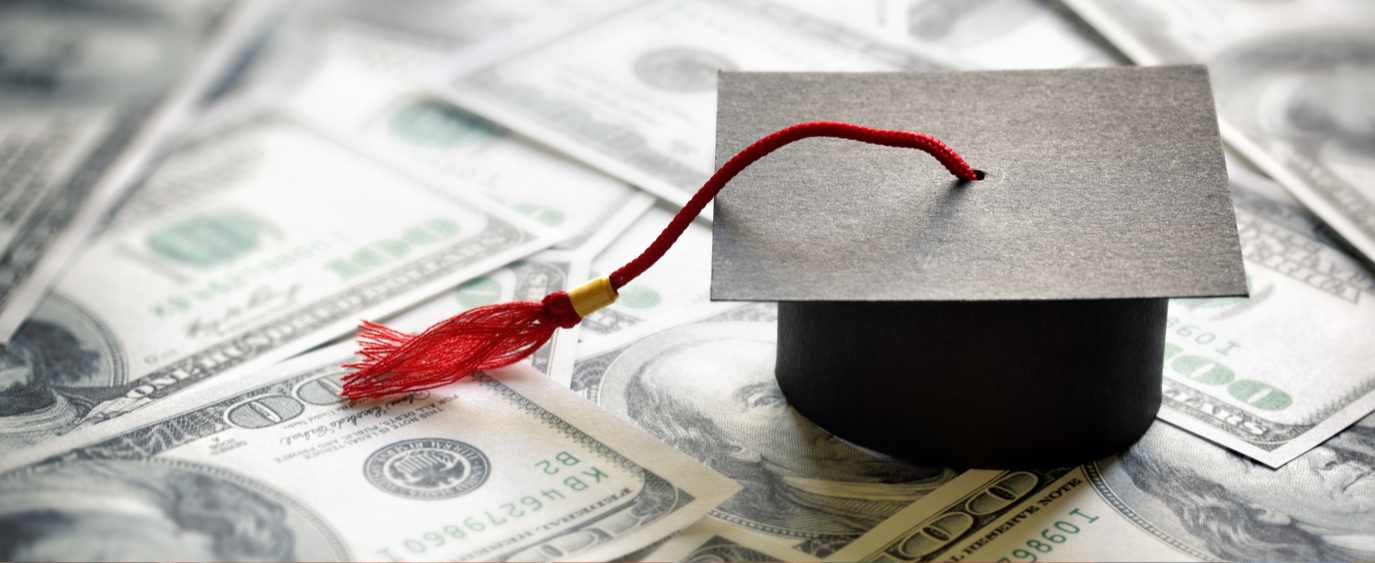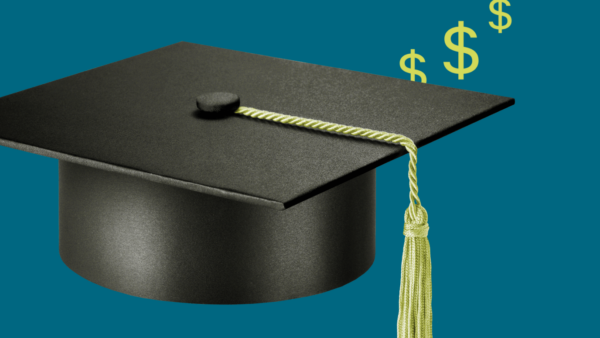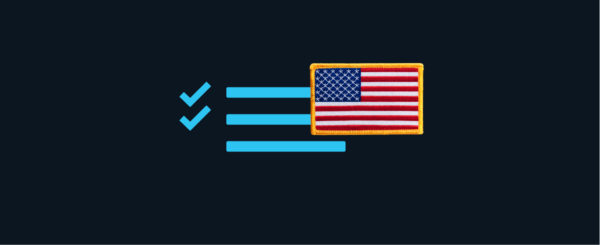Jul 17, 2018
Top Strategies for Paying Off Student Loans
Increasing monthly payments by just a few dollars can shave off years.

Some 44 million people collectively owe $1.4 trillion in student loans. It’s not a pretty picture, particularly when you consider that the average borrower carries $37,000 in student debt, and will spend 20 years or more paying off their obligations.
Those are valuable years you could be saving for a home, retirement, or even your dream vacation.
Here are some strategies to consider, which could help you pay off your loans faster.
Lower your interest rate
Over the long term, a lower interest rate could be one of the most effective tools for paying off your student loans more quickly.
Federal student loans carry an average interest rate of about 4.5% for undergraduates and 6.3% for graduates, according to recent reports. While federal loans give you plenty of flexibility, including the ability to make deferrals on payments, and options for needs-based repayment, some private lenders can offer you lower repayment terms, that could potentially save you hundreds of dollars each year.
For example, let’s say you owe $30,000 and are paying 5% interest annually. That means your interest payments each year are $1,500. If you refinance your loans at 3%, you’d be paying $900 annually.1
You could put that savings of $600 into an emergency fund, or you could invest it. Or you could use it to make extra loan payments, to pay it down even faster.
If you refinance with a private lender, read the terms of your new loan carefully. Some offer variable interest rates, which can increase over time as interest rates rise. Fixed rates on loans tend to be higher than variable rates, but they stay the same for the life of the loan.
Pay more than your minimum
You know to do this with your credit card balances, and the same holds true for your student loans. Paying the minimum owed can make your payments stretch on for more years than you want. And those could be key earning years, where you’ll probably want to save for your first house, your children’s education, or your own retirement.
We know paying more on a loan is often easier said than done, especially when every penny counts in your budget, and you may be struggling to put gas in your car or to pay for groceries.
But even if you can apply an additional $20 per month to your loans, that can make a big difference.
Here’s an example, from student loan corporation Sallie Mae, of how that can work:
- If you owe $10,000 and have an interest rate of 8% annually, it will take you ten years to pay off your loan, assuming minimum payments of $121.32 a month. You’ll make 119 payments, and wind up owing $14,557, with interest payments.
- If you bump up your monthly payment to $141.32 (just $20 more), you’ll pay of your loans in eight years, or two years earlier, and will save yourself close to $1,000 in interest payments.
Make extra payments
It’s often difficult to find extra money, but you may have it from working a second job, or at tax time, if you’re due a refund.
“If you can find a flexible part time job—Uber, Airbnb, and other similar jobs—you can take those earnings and apply them entirely to your student loan debt,” says Lou Haverty, a chartered financial analyst at Financial Analyst Insider.2
Unlike a mortgage, where there can be prepayment penalties, there is no penalty for paying off your student loan faster than scheduled. Extra payments can get you out of debt more quickly.
Loan forgiveness
Some federal student loans may eligible for public service loan forgiveness programs, after ten years of consecutive payments. However you must be working in a public service profession to qualify, which could include teaching in a low-income area, work in a public hospital, or in government. In some cases, such as teaching, there may be limits to how much debt could be forgiven.
Pay the highest interest rate student loans first
If you have multiple student loans with different interest rates, pay off the highest interest rate loans first. Getting rid of the highest interest debt first will save you money over time.
“Keep making minimum payments for all the loans as scheduled,” Haverty says. “But make regular additional payments to the highest interest rate loans each month.”
1$30,000 x 0.05%=$1,500
$30,000 x 0.03%=$900
2Stash is not affiliated with Financial Analyst Insider and may not necessarily adopt their views and opinions.
Please see complete Bonus Offer Terms & Conditions.
*Stash is a paid marketing partner of LendKey. All content herein is for informational purposes only.
Related Articles

Credit Cards vs. Debit Cards: The Differences Can Add Up

How To Pay Off Your Student Loans Faster

How To Pay Off Credit Card Debt

What Is the Debt Snowball Method?

Planning Your Finances as a Member of the Military

How to Build Credit: Why You Need It and How to Get It





